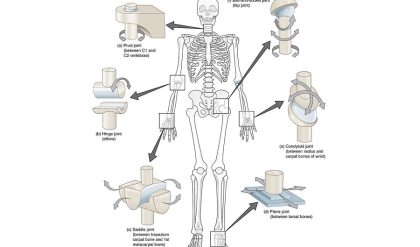Resolution of a Force
The process of substituting a force by its components so that the net effect on the body remains the same is known as resolution of a force.
For each force, there exists an infinite number of possible sets of components.
Suppose a force is to be resolved into two components. Then:
When one of the components is known, the second component can be obtained by applying the triangle rule.
When the line of action of each component is known, the magnitude and the sense of the components are obtained by parallelogram law.
Principle of Resolution
The algebraic sum of the resolved parts of a number of forces in the given direction is equal to the resolved part of their resultant in the same direction.
Composition of Forces
The process of finding out the resultant force of a number of given forces is called the composition/compounding of forces.

Parallelogram Law
“If two forces acting simultaneously on a particle is represented in magnitude and direction by two adjacent sides of a parallelogram, their resultant may be represented in magnitude and direction by the diagonal of the parallelogram which passes through the point of intersection.”




